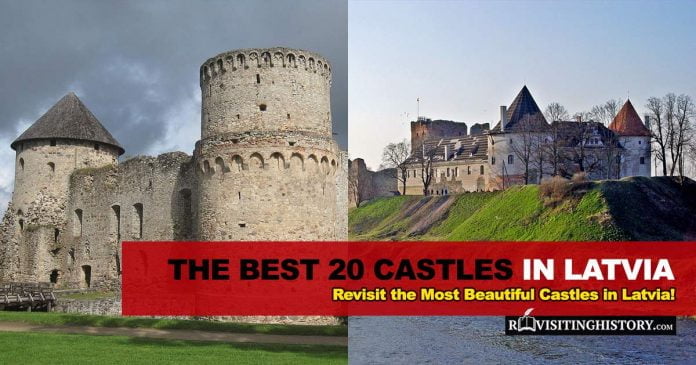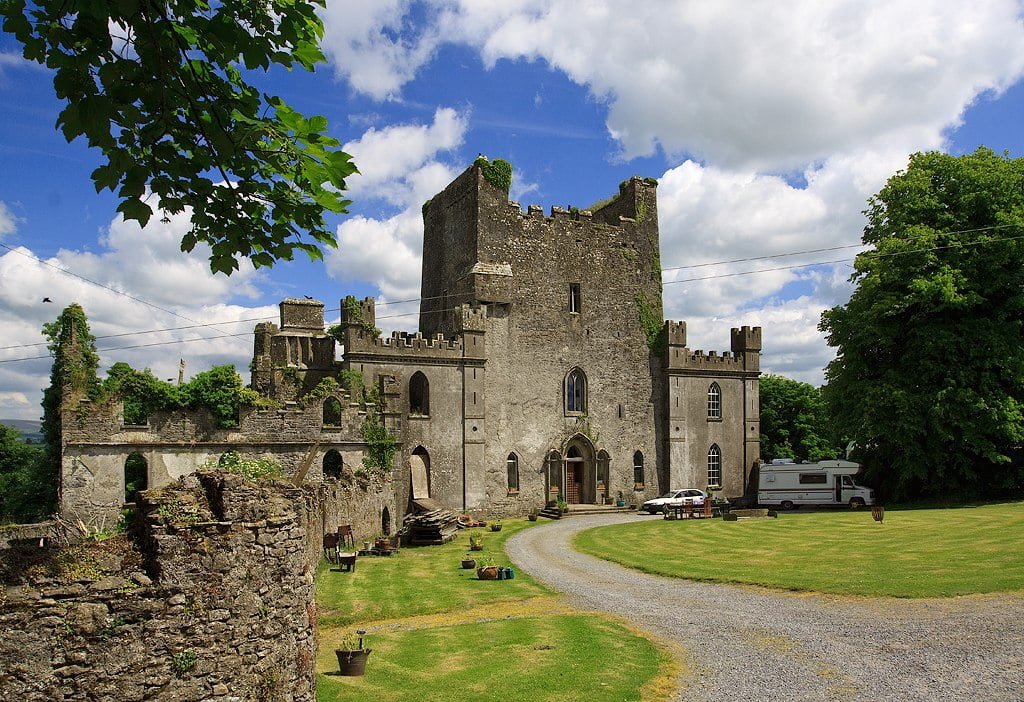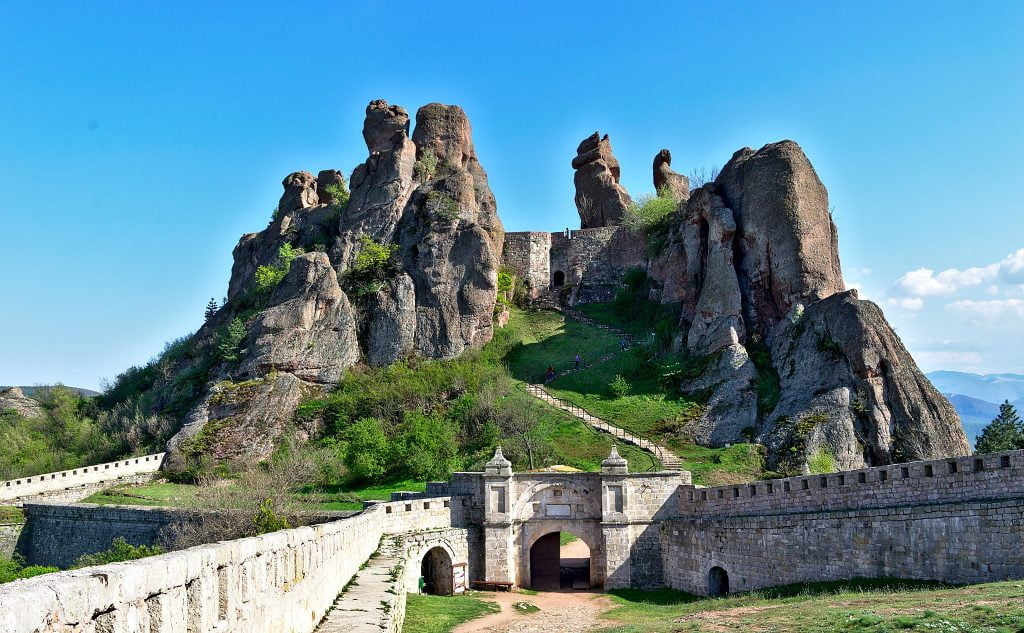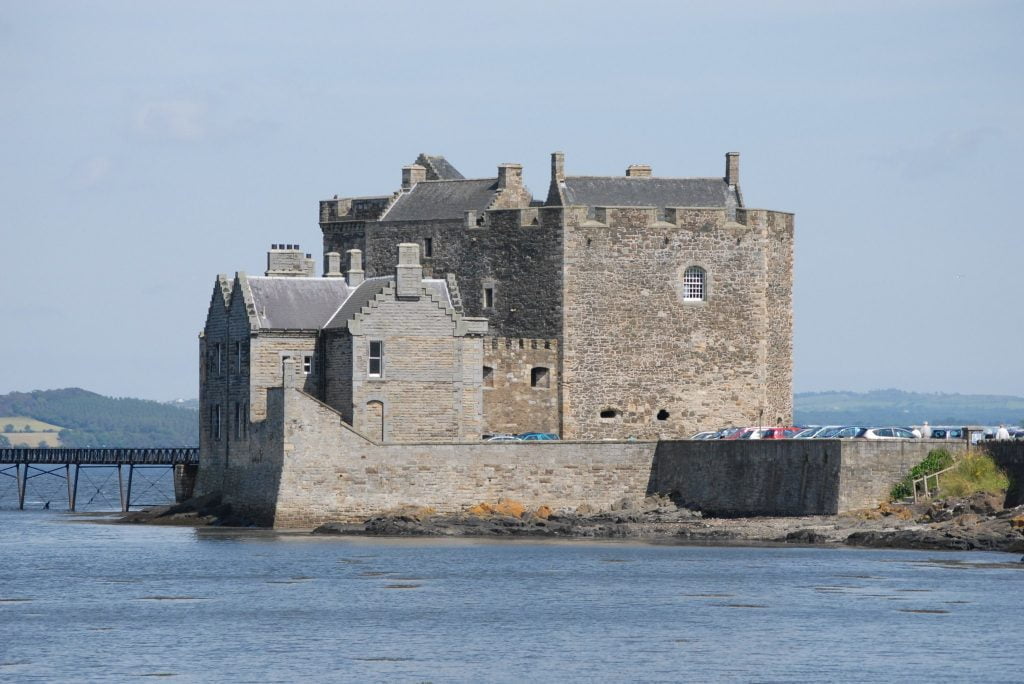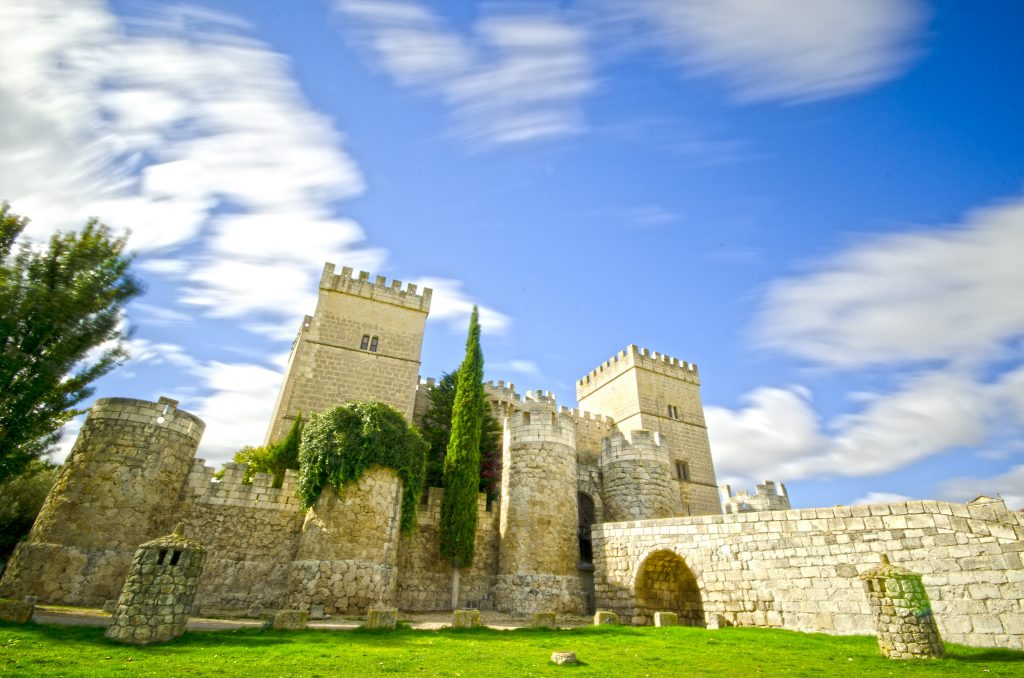Sitting snugly in Eastern Europe, Latvia is one of the most fascinating places that you’ll ever visit. It might be small, but the amount of culture and heritage that has been packed into just under 25,000 square miles is truly massive and mind-blowing. In fact, there are quite a number of beautiful and historically significant castles in the country – many dating back to the Medieval era!
From gorgeous dwellings that capture the Art Nouveau movement to UNESCO World Heritage Sites that are now in ruins, the castles of Latvia range in scope. However, each one is brimming with history and definitely contributes towards the cultural strata of the country. We’ll take a look at 20 of the top castles that Latvia has to offer below, and see what sets them apart.
Table of Contents
10 Most Popular Castles to Visit in Latvia
The order of the list is based on Google search volume of each castle = popularity.
1. Riga Castle
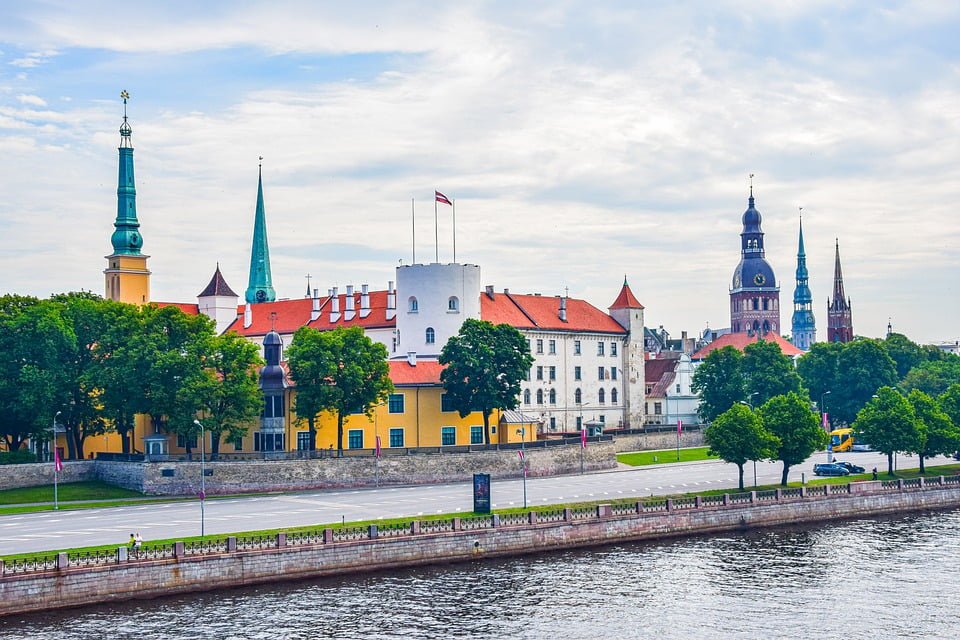
Enjoying a prime location in the capital of Latvia, Riga Castle boasts a 700-year history. Originally built in 1330, the building was given a complete revamp in the 15th and 16th centuries, respectively. This phenomenon continued once the castle was captured by the Swedes. Riga was extensively remodeled in the 17th and 19th centuries as well.
In fact, the 1930 re-designing was done by the famous Latvian architect Elizens Laube. Soon after, it was taken over by the Latvian government and is the home of the president these days. Nowadays, it is the Latvian equivalent of the US White House. Certain parts of the castle host museums that are open to the public and can be visited during certain times.
- Location: Riga
- Time built: 14th century
- Architectural style: Late Classicism
- Touring: Allowed. Visit the official website for more information.
2. Dundaga Castle
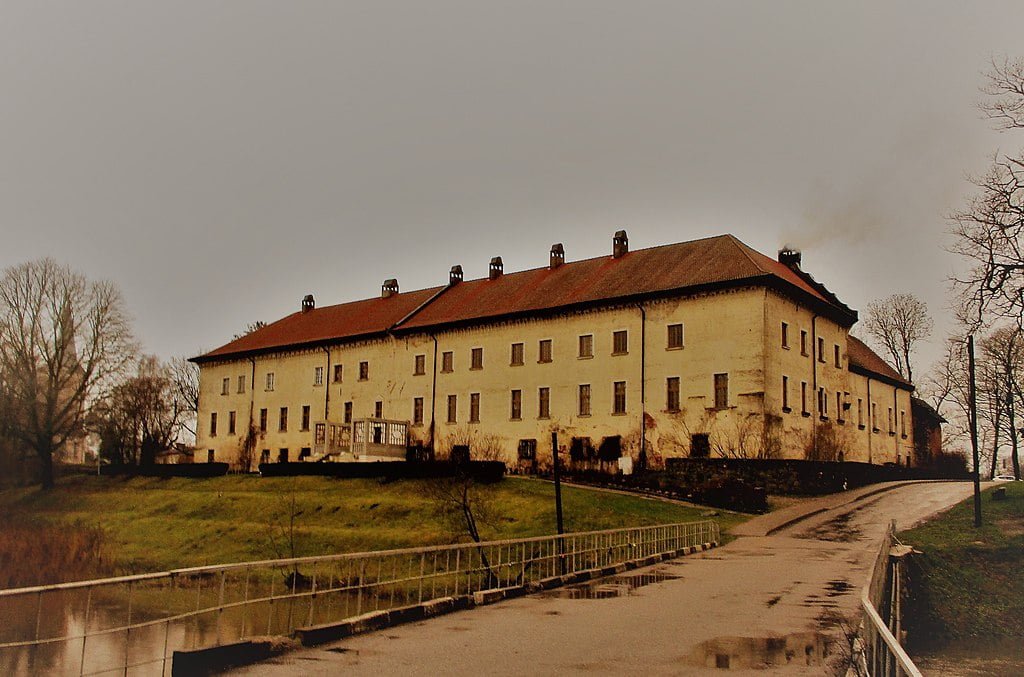
Dundaga Castle has medieval origins and is one of the most historically important buildings in Latvia. Construction was ordered by the Archbishop of Riga in the late 13th century. In the 17th century, all the medieval accouterments were cleared away or minimized to transform Dundaga into a private residence. Dundaga also went through two major fires, after which it was modernized into the look that we see today.
The 20th century saw Dundaga Castle being converted into a public building. Since then, it has been used as a school and a center for cultural administration. The castle retains picturesque views of its surroundings, so it’s definitely a favorite tourist destination. There are even some legends revolving around the castle that speak of ghosts.
- Location: Dundaga
- Time built: 13th century
- Architectural style: Medieval
- Touring: Allowed. Visit the official website for more information.
3. Sigulda Castle
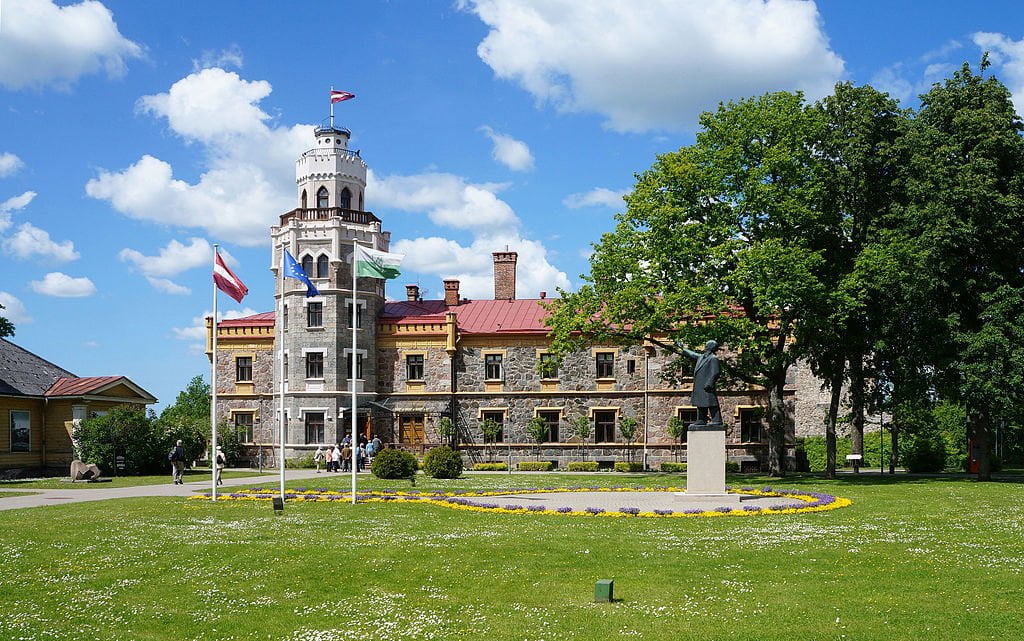
Originally constructed as an old Roman fortlet in the 13th century, Sigulda Castle later came to be the residence of the Livonian Order in the 15th century. The original building has seen many transformations over the course of its existence, from the original 3-meters-thick (nearly 10 feet) dolomite walls to the three-story-high building made from local stone. The old Sigulda Castle has quite a few stories to tell.
Today, old Sigulda may be a cluster of magnificent ruins, but its full beauty can be admired and reimagined through the paintings of the past. The new castle on the grounds was built in the late 19th century. It’s also a great place to visit for people who want to immerse themselves in the culture and historical significance of the country while enjoying a serene day out.
- Location: Gauja valley
- Time built: 13th century
- Architectural style: Medieval
- Touring: Allowed. Visit the official website for more information.
4. Cesis Castle
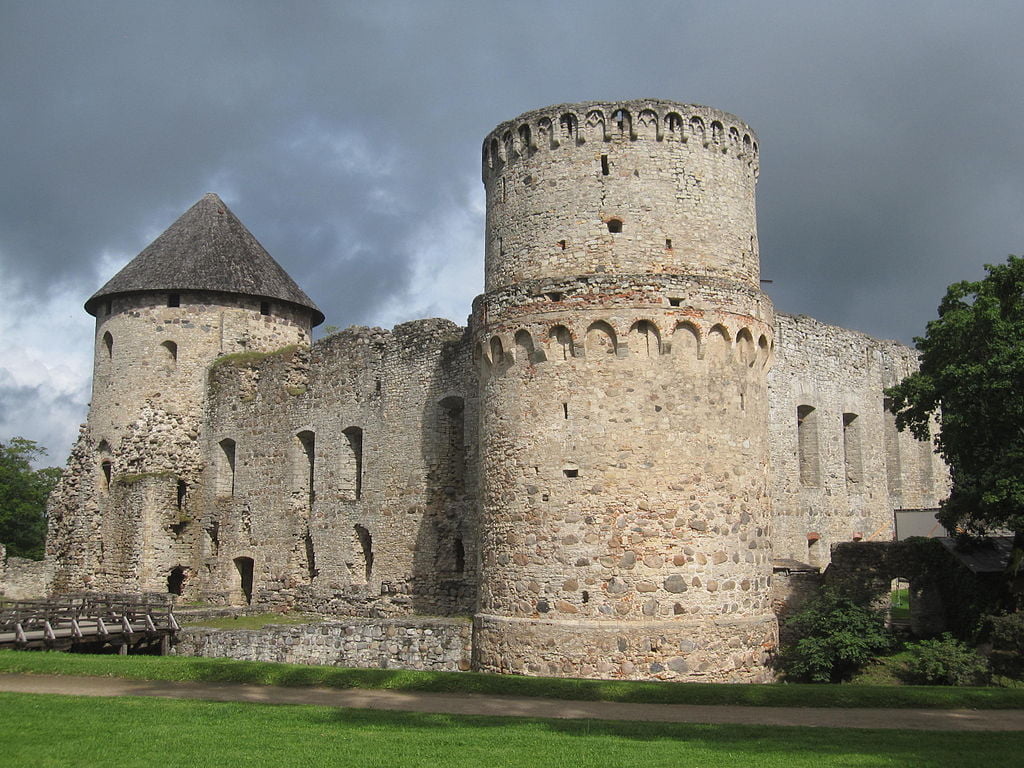
Raised 800 years ago by the Livonian Brotherhood, Cesis Castle is one of the oldest medieval dwellings in Latvia. It later went on to become one of the most important strongholds for the Teutonic Order. Much later, the castle was also involved in the Polish-Swedish War and came under the jurisdiction of Sweden for a little while. After that, it fell into ruin before being incorporated into a landscaped park.
Cesis Castle is one of the most well-preserved monuments in Latvia. It has also produced some marvelous archeological artifacts during excavations. Most of them were taken to the National History Museum of Latvia, but anything discovered after 2004 has been put in the Museum of Cesis. The entire castle is open to the public year-round and is definitely a favorite attraction.
- Location: Cēsis
- Time built: 13th century
- Architectural style: Romanic/Medieval/Gothic
- Touring: Allowed. Visit the official website for more information.
5. Aluksne Castle
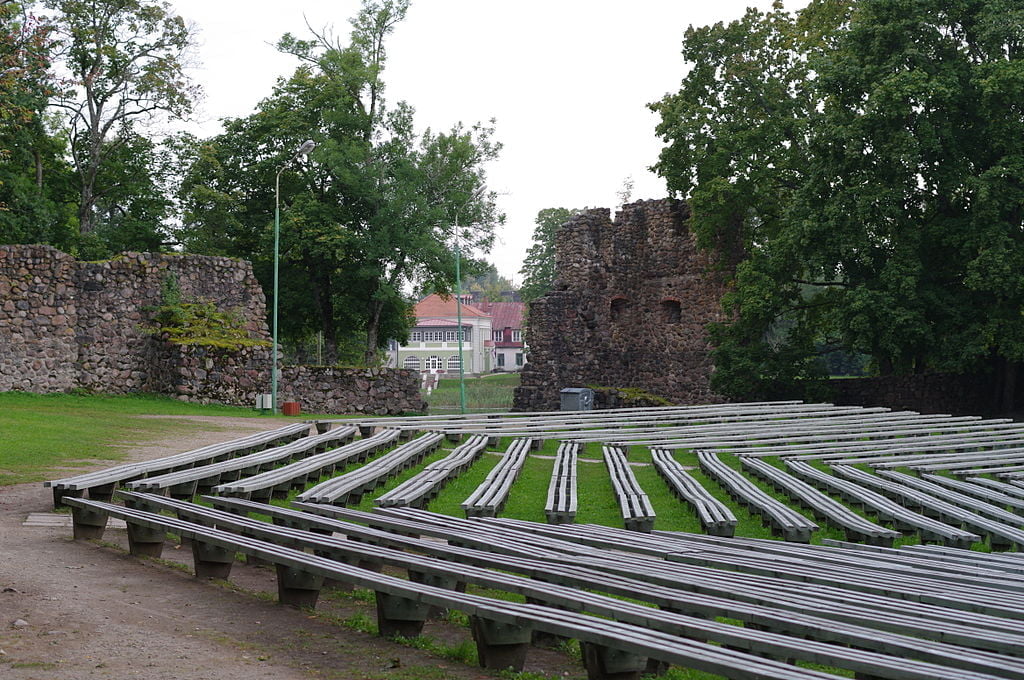
Situated on one of the islands of Lake Aluksne, this castle was constructed in the 14th century by the Teutonic Order. The original construction was carried out in wood, but later versions of the castle were carried out in stone and other local materials. It was one of the mightiest buildings of its time, having repelled multiple sieges until it became a part of the Swedish Empire and fell into ruins.
Today, the castle is one of the most picturesque sites in all of Latvia. These days, it’s part of an open-air recreational area that makes up an attractive tourist destination in the Pils Island area. If you’re into lush greenery and nature getaways, then it’s definitely an excellent place to visit.
- Location: Alkusne
- Time built: 14th century
- Architectural style: Neo-Gothic
- Touring: Allowed. Visit the official website for more information.
Revisit More Historic Places Below or Read Further
6. Bauska Castle
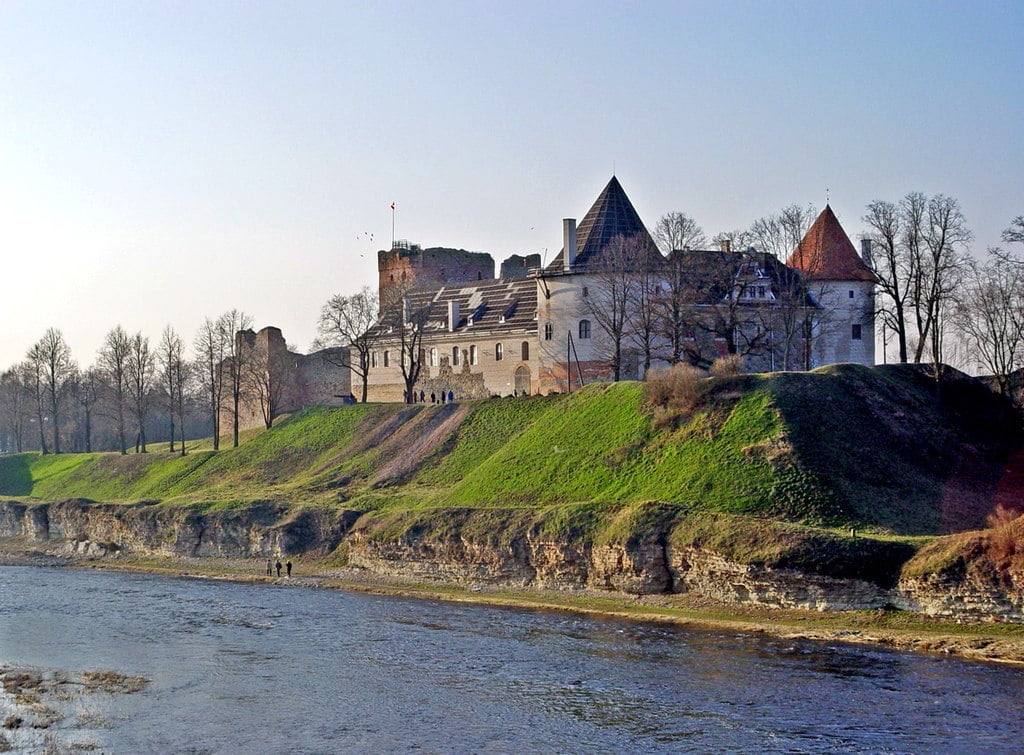
Bauska Castle is not an individual dwelling, but an entire complex with both a ruined castle and a newer castle palace. It started as a hill fort, before being given a complete revamp by the Teutonic Knights in the 15th century. Most of the castle and ruins were blown up by the Russians during the Great Northern War and extensive restoration works were carried out in the 18th century to salvage it from some of the damage.
Today, Bauska Castle serves as a reminder of the great Livonian Brotherhood at the height of their power. The main palace has been fully restored and is open to the general public. There are a museum and restaurant inside that are open daily during the summer months, while the tower area offers a panoramic view of the surroundings.
- Location: Bauska
- Time built: 15th century
- Architectural style: Gothic/Renaissance/Mannerism
- Touring: Allowed. Visit the official website for more information.
7. Birini Castle
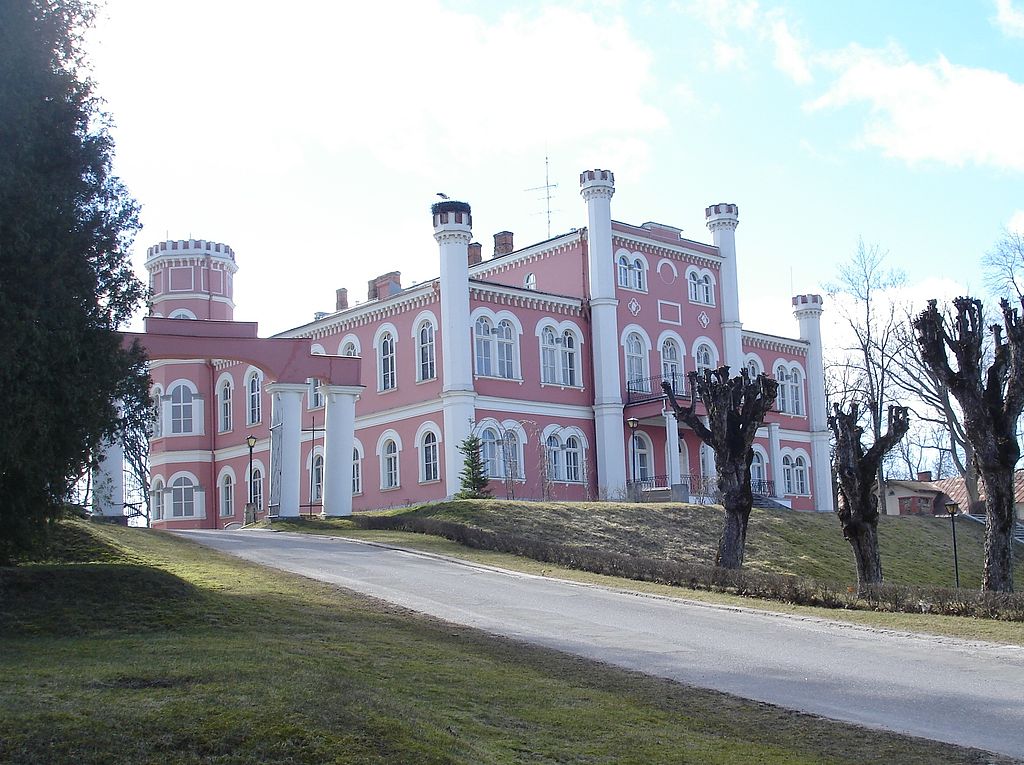
This manor house turned hotel is the masterpiece of the Riga-based architect Friedrich Wilhelm Hess and was built in the middle of the 19th century. Its Neo-Gothic architectural style is highlighted by slight asymmetry. The surrounding landscape made it feel like something plucked straight out of a Disney movie. The Neo-Renaissance interior design features rich detailing and the rich material curation adds so much character to the overall ambiance.
Expressive architecture aside, Birni Castle has been successfully repurposed into a hotel. The charming little restaurant inside the building is perfect for grabbing a delicious bite for day trip tourists as well. The parkland features trails and beautiful spots to enjoy the surrounding nature. It’s the perfect place to plan a nice excursion with family and loved ones.
- Location: Videzme
- Time built: 19th century
- Architectural style: Neo-Gothic/Neo-Renaissance
- Touring: Allowed. Visit the official website for more information
8. Cesvaines Castle
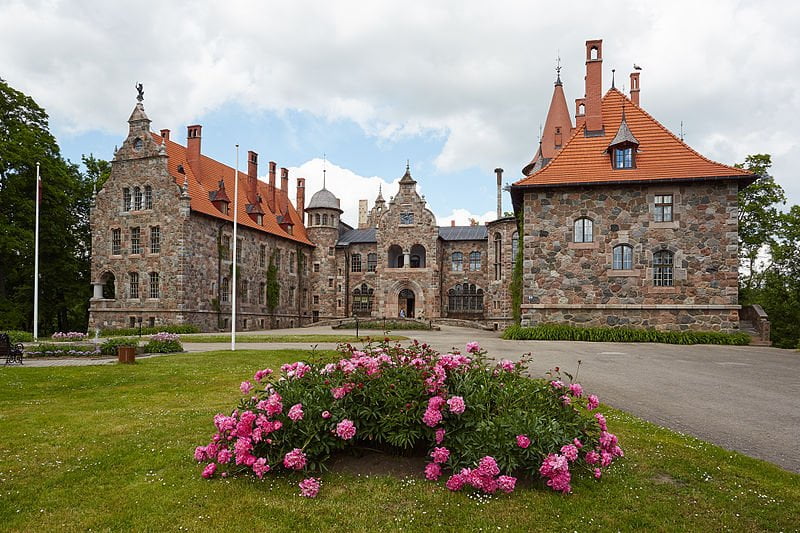
This 19th-century castle was built next to the ruins of an old medieval fortress. The castle was the residence of Emil von Wulf, a German Baron, and is one of the most unique and impressive castles of its category. It has been added to the list of monuments in the European Cultural Heritage because of its unique Tudor-Renaissance architecture style with hints of Gothic.
The beauty of this castle has inspired many, but it was victim to an unfortunate fire in 2002. Before that, it was also used as a school. Restoration works have been slowly transforming Cesvaines Castle back to its former glory. Currently, it is regularly visited by tourists and is used to host a number of events, including concerts.
- Location: Cesvaine
- Time built: 19th century
- Architectural style: Tudor & Neo-Renaissance
- Touring: Allowed. Visit the official website for more information.
9. Dobele Castle
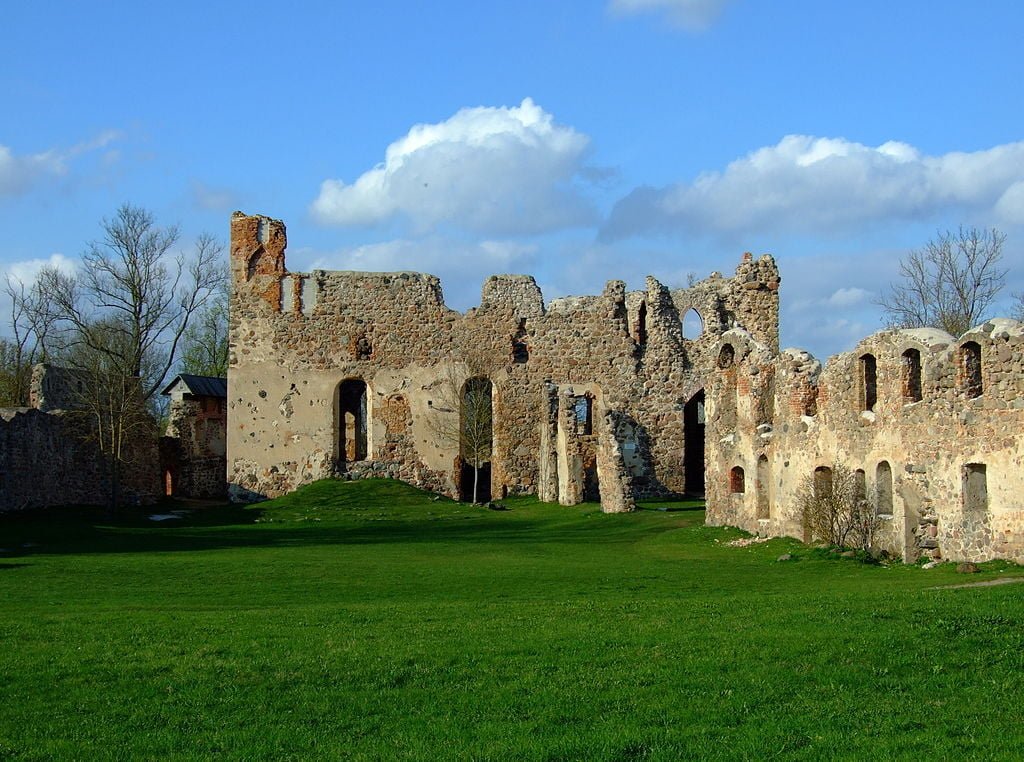
Another undertaking by the Livonian Order, Dobele Castle was built atop another ancient castle but can only be witnessed in ruins now. In the past, it used to be a symbol of exceeding might and had survived a whopping six sieges. It was occupied for a time by Swedish troops and eventually passed into private ownership in the 17th century. It’s also the place where German Kaiser Wilhelm II inspected his troops in 1915.
Today, the ruins of the castle are considered to be the oldest building in Dobele. They are considered an impressive cultural monument, which has inspired conservation efforts for the ruins. The castle has also become quite an attractive recreational destination. Visitors can even book a guided tour led by a “castle lady” if they’re in the mood.
- Location: Dobele
- Time built: 14th century
- Architectural style: Neo-Gothic
- Touring: Allowed. Visit the official website for more information.
10. Jaunpils Castle
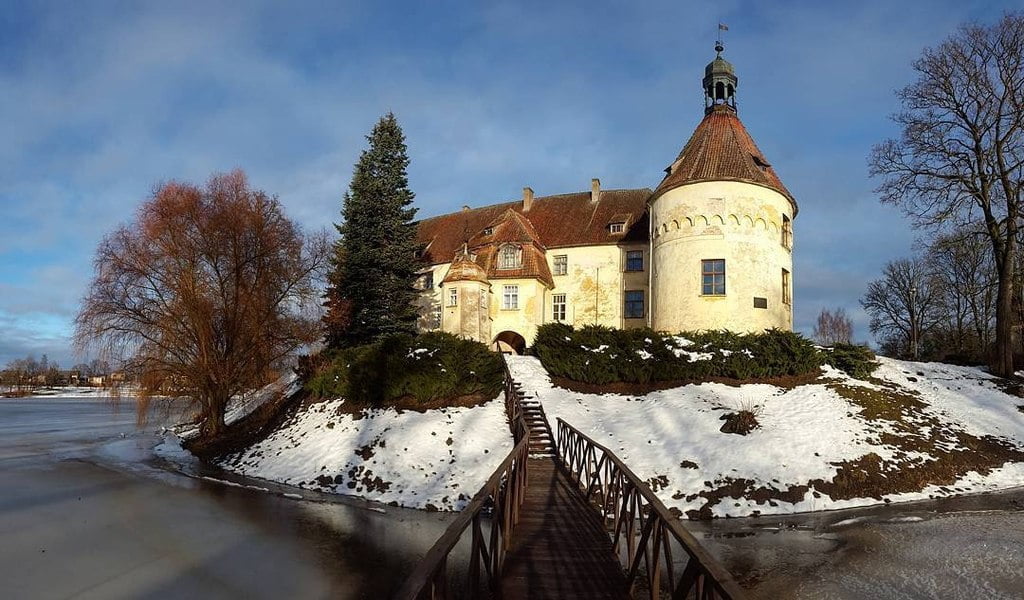
Charmingly quaint, Jaunpils Castle is a 14th-century architectural marvel that stands unique because of its “irregularly fortified” form. It was built by the Livonian Order and is known for having been the residence of the oldest brothers once they’d become weak. It became the property of the Knight Commander of the order in the 17th century and remained in possession of his descendants until the 20th century.
It also went through a major interior revamp during the Soviet occupation and was refitted in the 2000s. These days, Jaunpils is open to the public and has become a fun site for tourists with its theatrical excursions and stunning views. It also has a museum and a medieval pub. It is even possible to book an overnight stay in the castle.
- Location: Jaunplis
- Time built: 14th century
- Architectural style: Medieval/Mannerism
- Touring: Allowed. Visit the official website for more information.
Planning to Visit Nearby Countries? Check Out These Best Castles Lists:
- The Most Beautiful Castles in Russia
- The Most Beautiful Castles in Estonia
- The Most Beautiful Castles in Lithuania
- The Most Beautiful Castles in Poland
10 Less Popular Castles Worth Visiting While In Latvia
If you are a castle enthusiast, you must take out the time to visit these equally spectacular castles in Latvia as well:
11. Koknese Castle
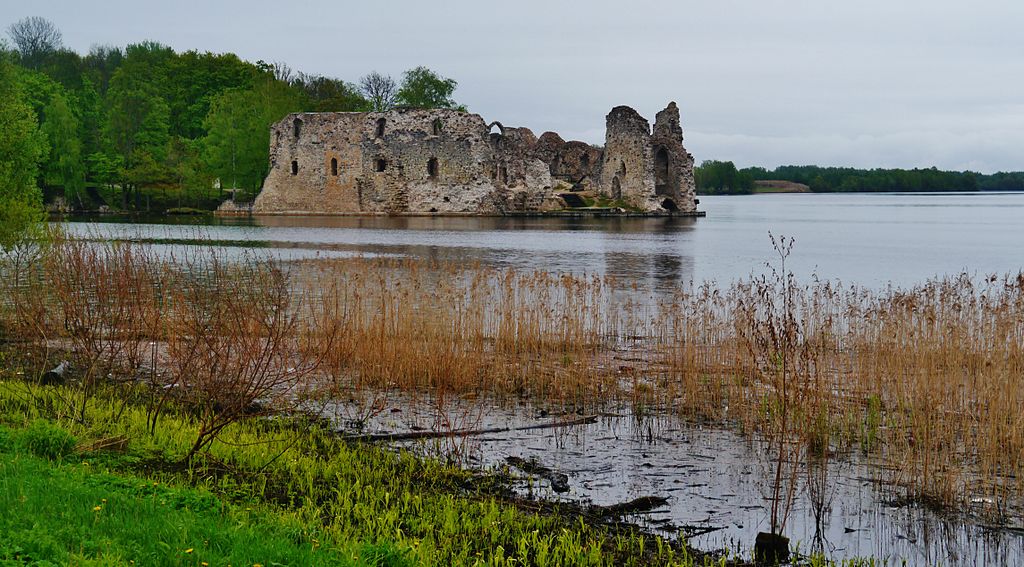
As one of the largest castles in all of Latvia, Koknese was a 13th-century masterpiece. It was built in 1209 and withstood the tests of time for five centuries until the western towers were bombed in the 18th century. While Koknese Castle used to stand on a hill, a late-20th century hydroelectric powerplant’s reservoir flooded the nearby river and submerged the castle foundations. Today, the picturesque location has been used to host a number of events and activities like concerts, wedding ceremonies, and even Catfish Walking Contests.
- Location: Dobele
- Time built: 13th century
- Architectural style: Medieval
- Touring: Allowed. Visit the official website for more information.
12. Lielvarde Castle
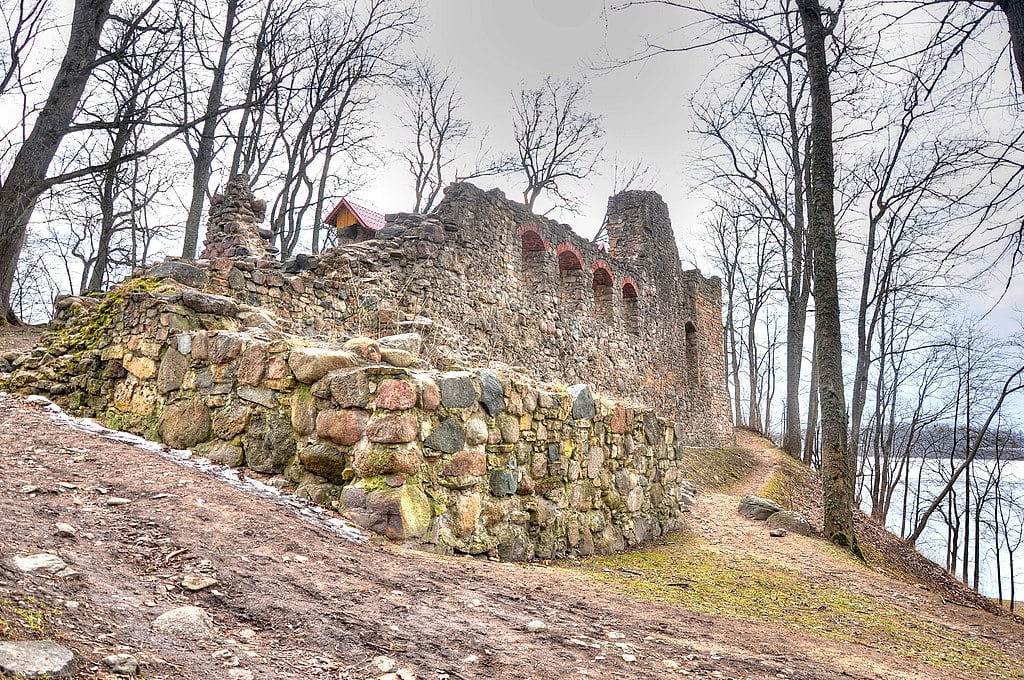
Lielvarde Castle enjoyed a nice strategic location back in the day, right on the bank of the Daugava River – an important waterway route. The building was commissioned by the Archbishop of Riga. The castle remained strong and resilient until the 16th century when it was destroyed by Russian troops during the Livonian War. Today, the ruins of the castle stand proud and showcase their medieval glory up to the second floor. The surrounding greenery makes the picture even more eye-catching. Visitors can avail of family-friendly guided tours–but they’re just in Latvian, not English.
- Location: Vidzeme
- Time built: 13th century
- Architectural style: Medieval
- Touring: Allowed. No official website.
13. Ludza Castle
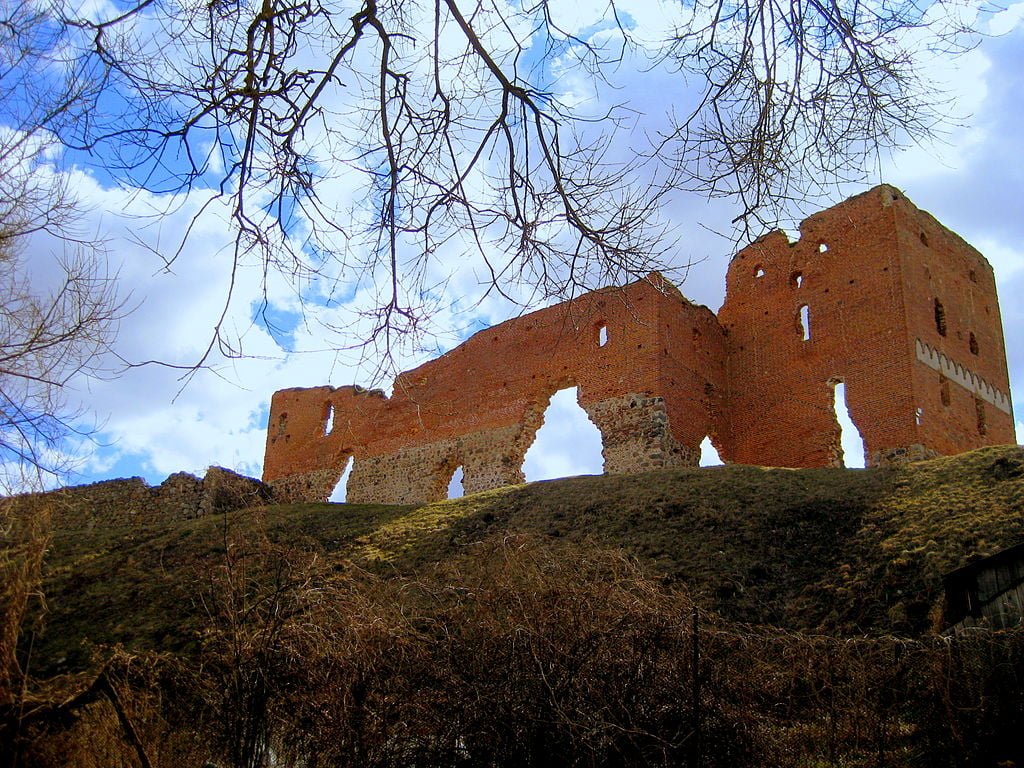
Ludza Castle was commissioned by the Livonian Order to be built on a site where an ancient Baltic fort stood originally. This new castle was built of stone and consisted of three stories protected by six towers – a symbol of might in its own right. It was captured by the Russians twice before being simply abandoned in the 16th century. Today, you can visit what’s left of it if you’re out on an adventurous excursion to Latvia and want a serene getaway from the city.
- Location: Courland
- Time built: 15th century
- Architectural style: Medieval/Gothic
- Touring: Allowed. No official website.
14. Mezotne Castle
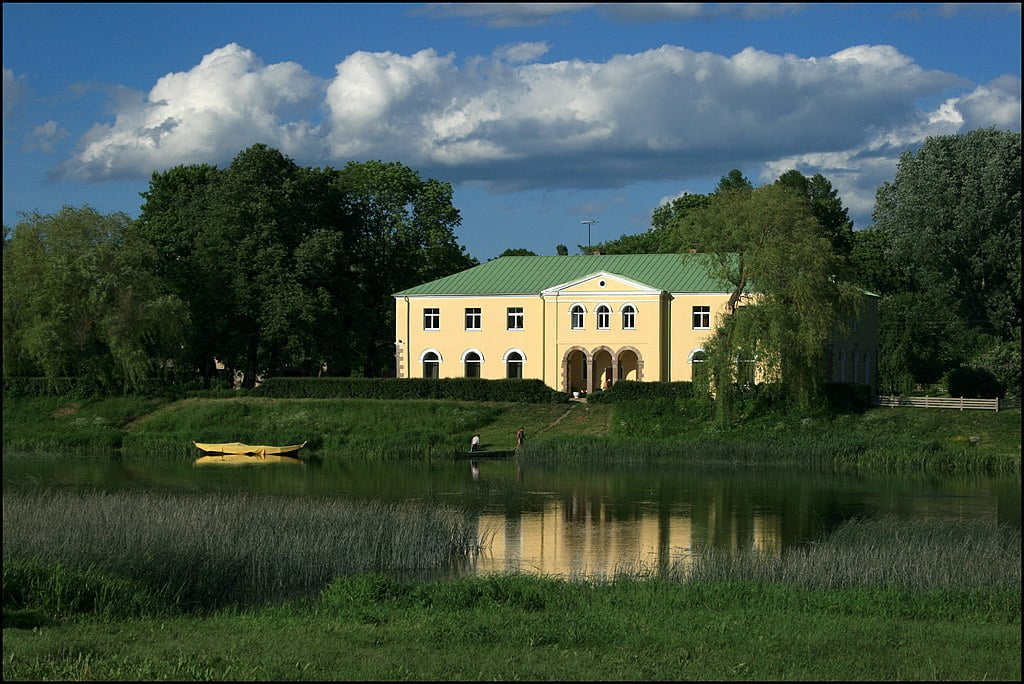
Bestowed upon the Lieven clan, this 18th-century palace is one of the finest examples of Baroque architecture in Latvia. The construction work was finished in 1802 with embellishments by the prolific Neo-Classical architect Giacomo Quarenghi. The surrounding landscape was converted into a park with stunning English gardens – an overall picturesque experience. Today, it is visited by a lot of tourists who admire its beautiful detailing and expressive architecture. It’s a family-run hotel that makes each visitor feel absolutely welcome. Do note that day tourists can only visit the first floor.
- Location: Bauska
- Time built: 18th century
- Architectural style: Baroque
- Touring: Allowed. Visit the official website for more information.
15. Rundale Castle
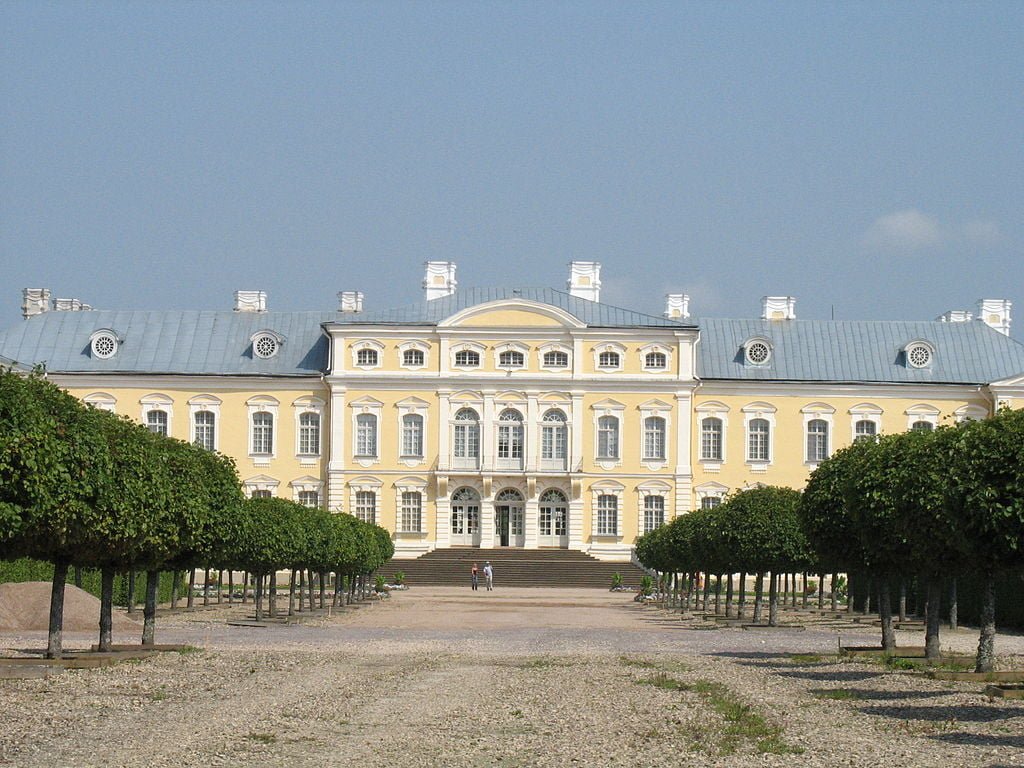
The Palace of Rundale is a 16th-century Baroque dwelling built for the Duke of Courland. An old medieval castle existing on the site was demolished to make way for the palace. Construction halted for a while when the Duke was exiled, but upon his return in the late-16th century, he spent a lot of time at Rundale. Today, the castle hosts a museum inside and French and Rose gardens on the grounds. The restoration has been carried out phenomenally, and the entire palace brims with quaint romance.
- Location: Rundale Parrish
- Time built: 16th century
- Architectural style: Baroque
- Touring:Allowed. Visit the official website for more information.
Revisit More Historic Places Below or Read Further
16. Turaida Castle
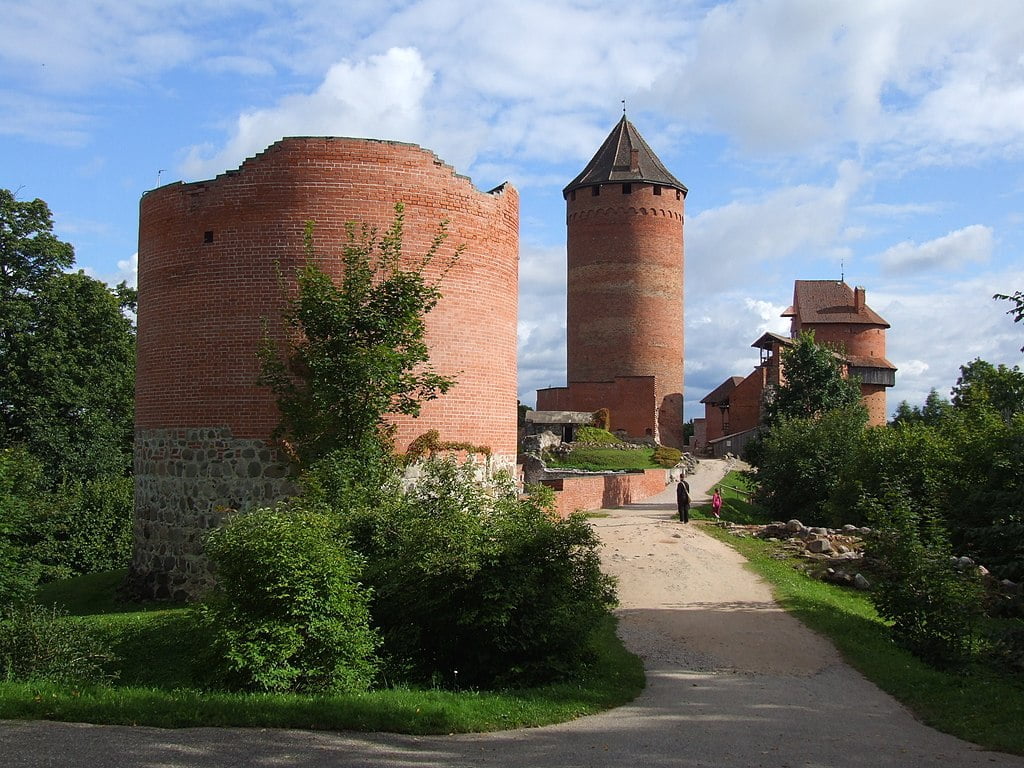
Turaida Castle was commissioned in the 13th century by the Archbishop of Riga. The red-brick construction of the castle created a classic aesthetic and the defense system kept being improved over the centuries. Eventually, Turaida lost its strategic importance, was abandoned, and fell into ruin. It wasn’t until the 20th century that restoration and excavation works were carried out. Tickets can be reserved through the castle’s app for the museum it now hosts–although the views of the unique site and terrain itself are enough to plan a visit.
- Location:Turaida
- Time built: 13th century
- Architectural style: Medieval
- Touring: Allowed. Visit the official website for more information.
17. Ventspils Castle
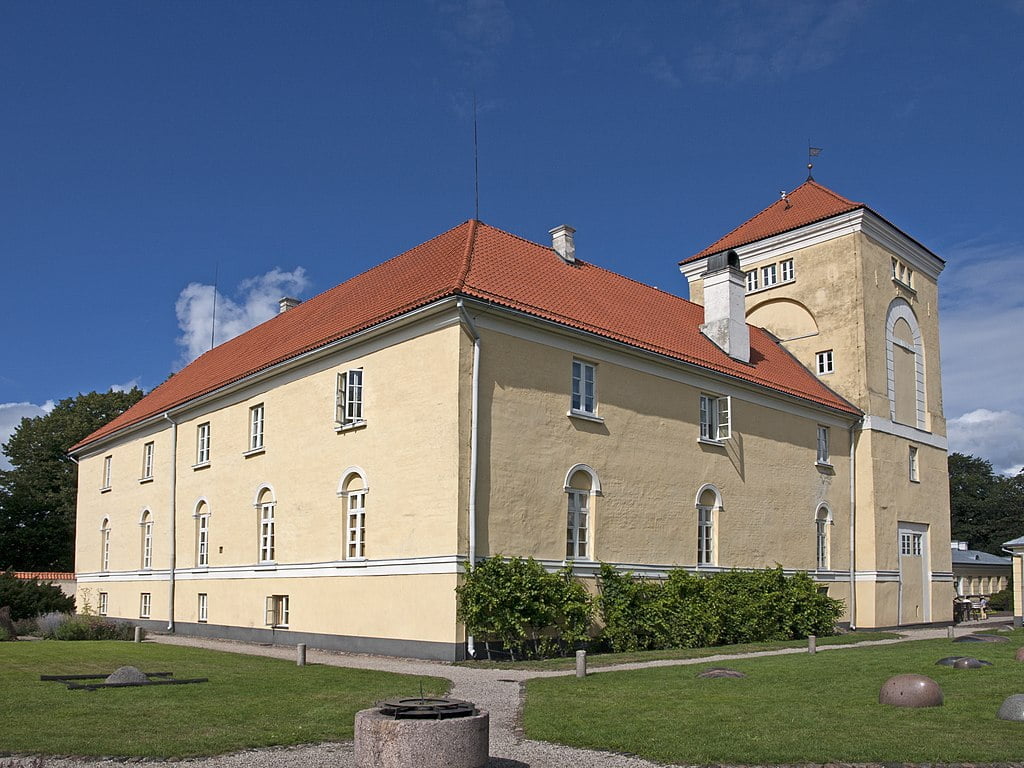
The Livonian Order was responsible for settling many areas of Latvia through the 13th century–Ventspils is one of them. It was severely damaged during the Polish-Swedish Wars, but was later restored and became a Lutheran church. The 20th century saw Ventspils Castle being used for administrative purposes, especially after World War II. It was restored in the late 90s and is open to the public today. It was converted into a museum in 2002, complete with a concert hall.
- Location: Ventspils
- Time built: 13th century
- Architectural style: Medieval/Gothic/Empire style
- Touring: Allowed. Visit the official website for more information.
18. Aizpute Castle
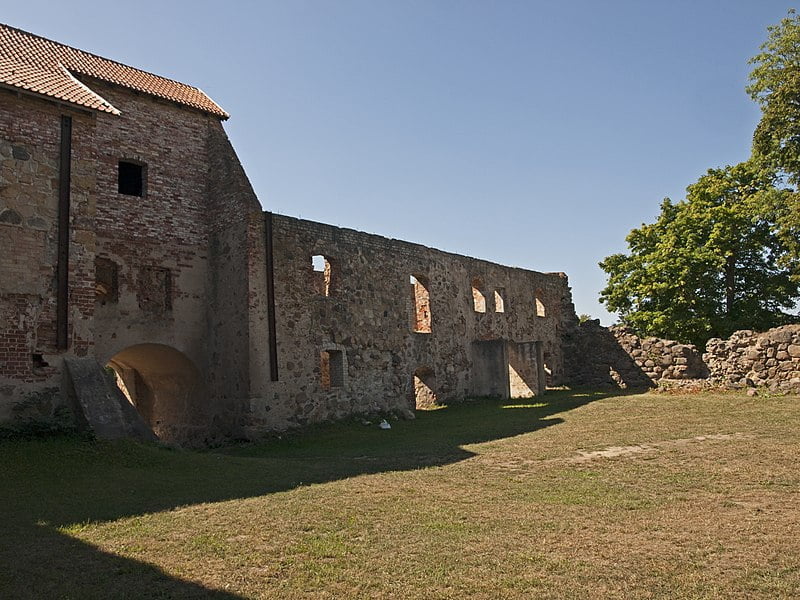
Aizpute is another 13th-century Livonian Order construction. It was expanded until the 15th century but fell victim to Swedish troops during the Second Northern War. It was rebuilt by German Duke Jacob Kettler, and sold to private ownership eventually. The 18th and 19th centuries saw new additions to the site, like a manor house & brewery. Aizpute was even repurposed as a school in 1939, but it eventually closed down. Restoration of the castle began in the 90s and today, it is opened to the public as a tourist destination.
- Location: Azipute
- Time built: 13th century
- Architectural style: Medieval
- Touring: Allowed. Visit the official website for more information.
19. Krustpils Castle
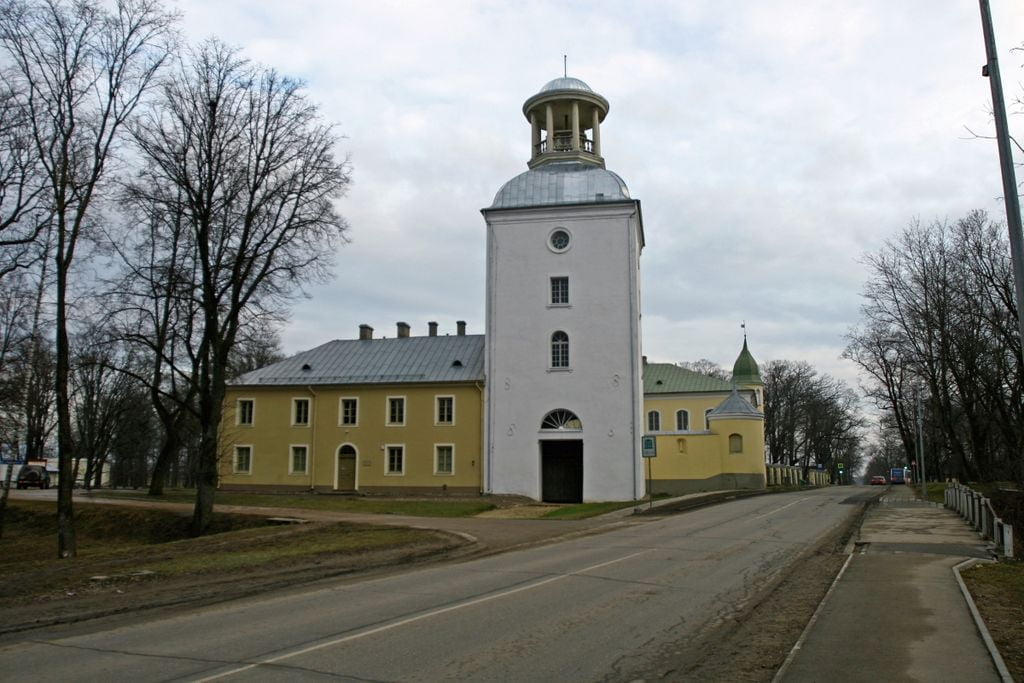
Erected in the 13th century and owned by the Archbishops of Riga until the 16th century, Krustpils Castle is one of the oldest preserved buildings in Latvia. From the 16th century onwards, it was owned privately by the Korff family. It was eventually used as a prison & military building before becoming the property of the Jekabpils History Museum in 1994. Today, the castle is an interesting tourist destination for the town. The national and archaeological heritage of this castle is definitely something to appreciate.
- Location: Krustpils
- Time built: 13th century
- Architectural style: Medieval
- Touring: Allowed. Visit the official website for more information.
20. Edole Castle
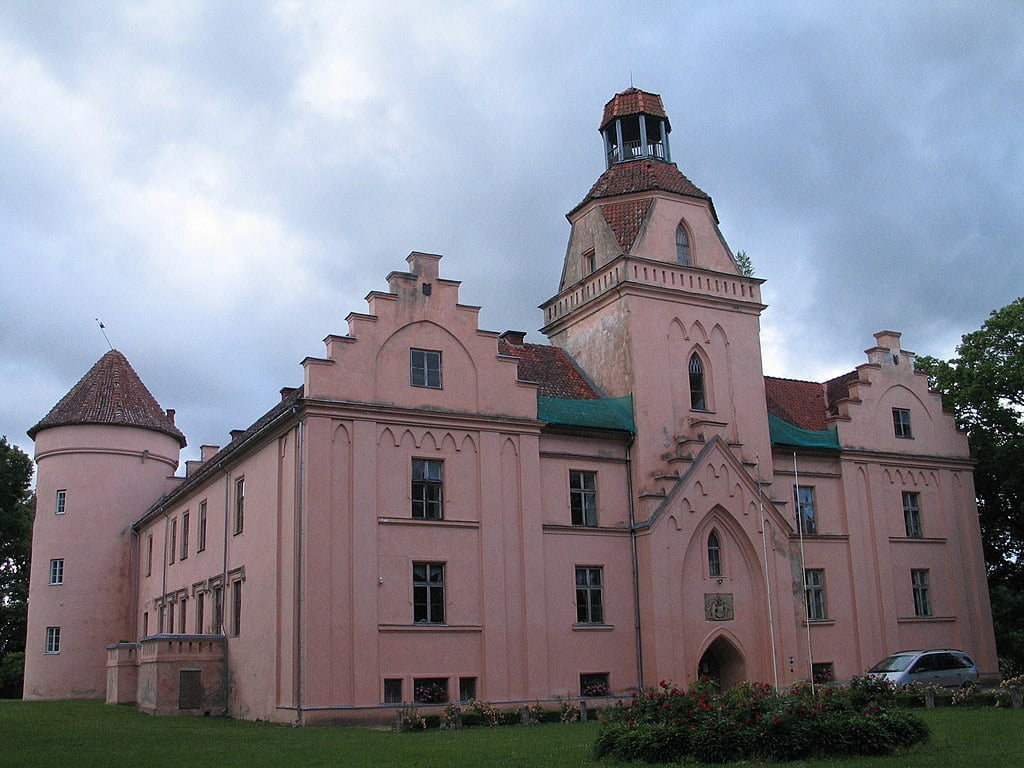
Built by the Bishop of Courland on the bank of Lake Edole, this castle dates back to the 13th century. It is originally said to have consisted of two separate residential dwellings that were connected by a bridge, but a complete reconstruction in the 16th century rendered it a bit different. Major expansions in the 18th century added Neo-Gothic flair as well. These days, the castle enjoys a multi-functional reputation as an event center, hotel, museum, and restaurant. Reservations can be made through the official website.
- Location: Courland
- Time built: 13th century
- Architectural style: Gothic Revival
- Touring: Allowed. Visit the official website for more information.
Planning to Explore Europe? Check Out These Best Castles Lists:
Conclusion
Latvia is full of culture and its heritage is certainly apparent in all of the castles on this list. Some might be in ruins, but they showcase the rich history and the glory of the bygone days that Latvia went through. We hope you put at least some of these fascinating dwellings on your itinerary when you’re visiting Latvia.

